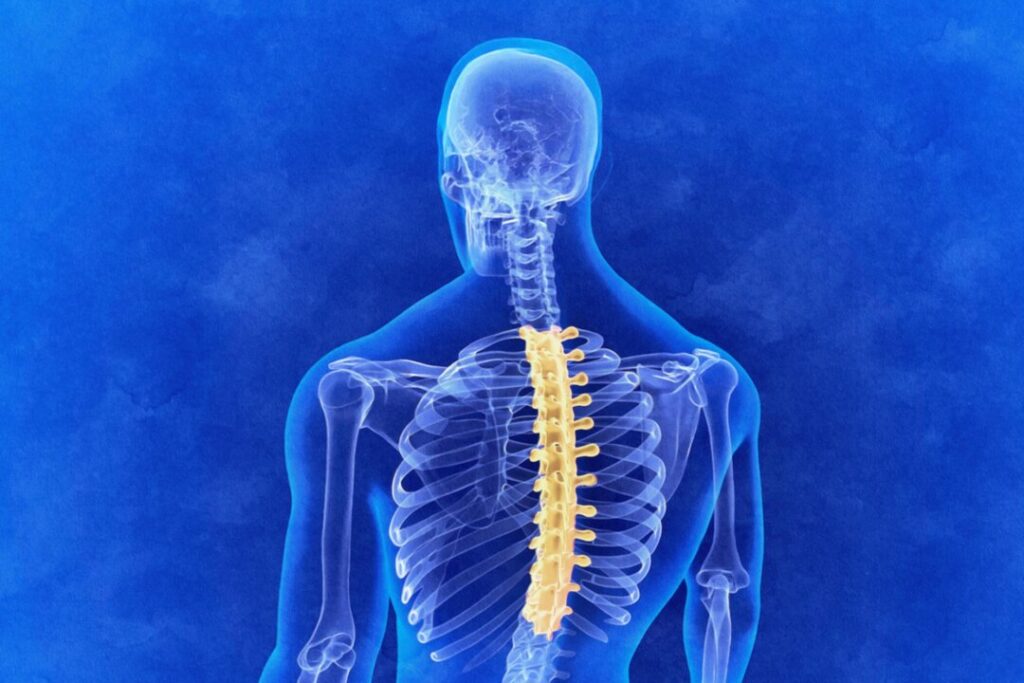
Health experts emphasize the importance of addressing thoracic spine alignment to alleviate common issues such as palpitations and persistent cough. Misalignment in the thoracic spine can affect various bodily functions, particularly those tied to the sympathetic nervous system, which runs along this area and connects to multiple internal organs.
A misaligned thoracic spine can lead to dysfunctions in several systems, including the respiratory, cardiovascular, digestive, endocrine, and urinary systems. This can manifest in symptoms that may seem unrelated to spinal health, such as shortness of breath when climbing stairs.
Understanding Thoracic Spine Misalignment
Thoracic spine misalignment can involve one or more vertebrae. Due to its structural support from the rib cage, misalignments typically affect multiple vertebrae. A prevalent condition associated with this misalignment is C-shaped scoliosis, where the spine curves laterally in a smooth “C” shape, impacting posture and shoulder height.
Recognizing these misalignments is crucial for developing effective treatment plans. Individuals experiencing unexplained symptoms may benefit from consulting with healthcare professionals to assess spinal alignment.
Exercises to Support Spinal Health
Incorporating specific exercises may help correct thoracic spine misalignments and improve overall health. Here are three exercises that can aid in alleviating symptoms like palpitations and cough:
1. **Thoracic Extension**: This exercise involves sitting or standing upright while gently arching the upper back. By focusing on extending the thoracic region, individuals can enhance mobility and reduce tension that may be contributing to symptoms.
2. **Cat-Cow Stretch**: This yoga-inspired movement encourages flexibility in the spine. Transitioning between a rounded back (cat) and an arched back (cow) helps promote better alignment and relieves pressure on surrounding organs.
3. **Seated Twists**: Sitting in a cross-legged position and twisting the torso gently enhances spinal mobility. This exercise also stimulates the digestive system and can help alleviate discomfort associated with thoracic misalignment.
Engaging in these exercises consistently may provide significant relief for those struggling with thoracic spine-related issues. As always, individuals should consult with healthcare providers before starting any new exercise regimen, especially if they have pre-existing conditions.
Understanding the intricate connection between thoracic spine alignment and overall health is essential for managing symptoms effectively. By addressing these underlying issues through targeted exercise, individuals can enhance their quality of life and potentially reduce reliance on medication for symptoms like palpitations and cough.







